Creating a dedicated study space transforms how you approach learning, working, and personal projects. Whether you're designing for children, teenagers, or adults, the right study room combines functionality with inspiration to boost productivity and focus. From compact corner setups to spacious dedicated rooms, effective study spaces integrate smart storage solutions, proper lighting, and ergonomic furniture. Modern study room design embraces various styles—from minimalist Scandinavian aesthetics to vibrant bohemian creativity—while addressing practical needs like organization and comfort. The key lies in creating an environment that reflects personal style while promoting concentration and eliminating distractions for optimal learning outcomes.

1. Minimalist Study Room with Clean Lines

A minimalist study room emphasizes simplicity and functionality through clean geometric lines and neutral color palettes. This design features a sleek white or light wood desk paired with streamlined storage solutions that keep surfaces clutter-free. The walls remain predominantly white or soft gray, creating an open, airy atmosphere that promotes mental clarity. Essential items like a comfortable ergonomic chair, task lighting, and minimal decorative elements maintain the uncluttered aesthetic. Built-in shelving disappears seamlessly into walls, while hidden cable management systems ensure technology remains functional yet invisible. This approach eliminates visual distractions, allowing complete focus on tasks while creating a timeless, sophisticated workspace that adapts to changing needs without overwhelming the senses.
2. Scandinavian Study Space with Natural Wood Accents

Scandinavian study design combines functional simplicity with natural warmth through light wood furniture and cozy textiles. This theme features blonde oak or birch desks complemented by white walls and abundant natural light from large windows. Soft wool rugs, linen cushions, and minimal greenery add texture without cluttering the space. The color scheme emphasizes whites, grays, and natural wood tones, creating a calm, productive environment. Simple pendant lighting or desk lamps provide task illumination while maintaining the clean aesthetic. Storage solutions include open shelving displaying carefully curated books and supplies, with woven baskets for concealed organization. This approach creates a serene, inspiring workspace that celebrates natural materials and promotes both productivity and well-being.
3. Industrial Loft Study Room with Exposed Elements
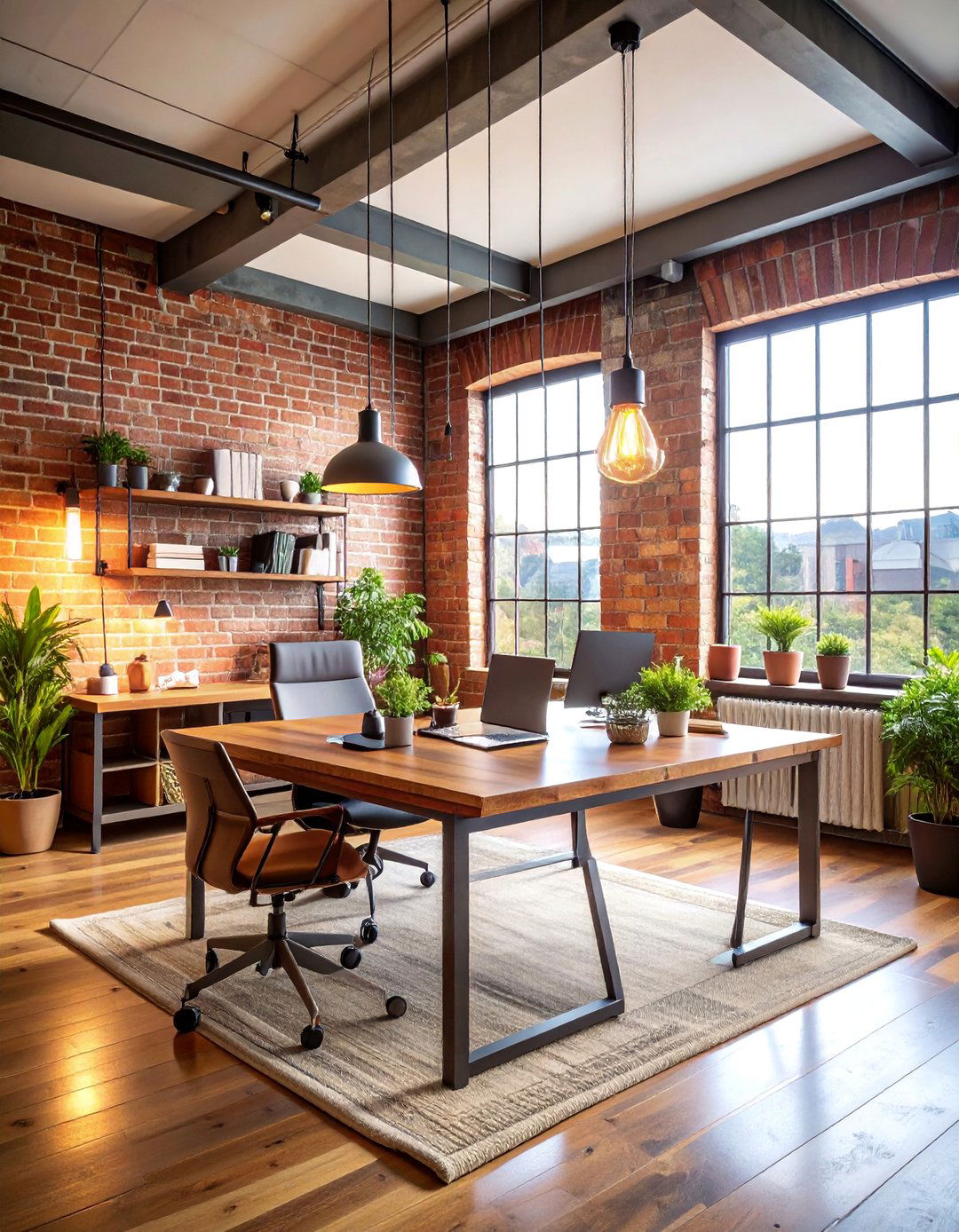
Industrial study design embraces raw materials and utilitarian aesthetics through exposed brick walls, metal fixtures, and reclaimed wood furniture. This style features a sturdy wooden desk with metal legs, complemented by industrial-style task lighting and wire storage solutions. The color palette combines warm browns, charcoal grays, and metallic accents, creating a bold, sophisticated atmosphere. Concrete floors or dark hardwood enhance the urban feel, while leather seating adds comfort and durability. Open shelving made from metal pipes and reclaimed wood displays books and supplies with purposeful organization. Edison bulb lighting fixtures and vintage industrial accessories complete the aesthetic. This design appeals to those who appreciate character-rich environments that inspire creativity while maintaining functionality for serious work and study sessions.
4. Bohemian Study Room with Layered Textiles

Bohemian study design creates an eclectic, creative atmosphere through vibrant colors, mixed patterns, and global-inspired accessories. This theme features a vintage or repurposed desk surrounded by colorful rugs, tapestries, and cushions that encourage relaxation and inspiration. Rich jewel tones, warm earth colors, and metallic accents create visual interest while maintaining functionality. Low seating options like floor cushions or a comfortable vintage chair provide alternative study positions. Plants in decorative pots, macrame wall hangings, and collections of meaningful objects personalize the space. Natural materials like rattan, bamboo, and reclaimed wood balance the vibrant elements. This approach suits creative individuals who thrive in visually stimulating environments that reflect personal experiences, travels, and artistic sensibilities while supporting productive work habits.
5. Modern Floating Desk Setup
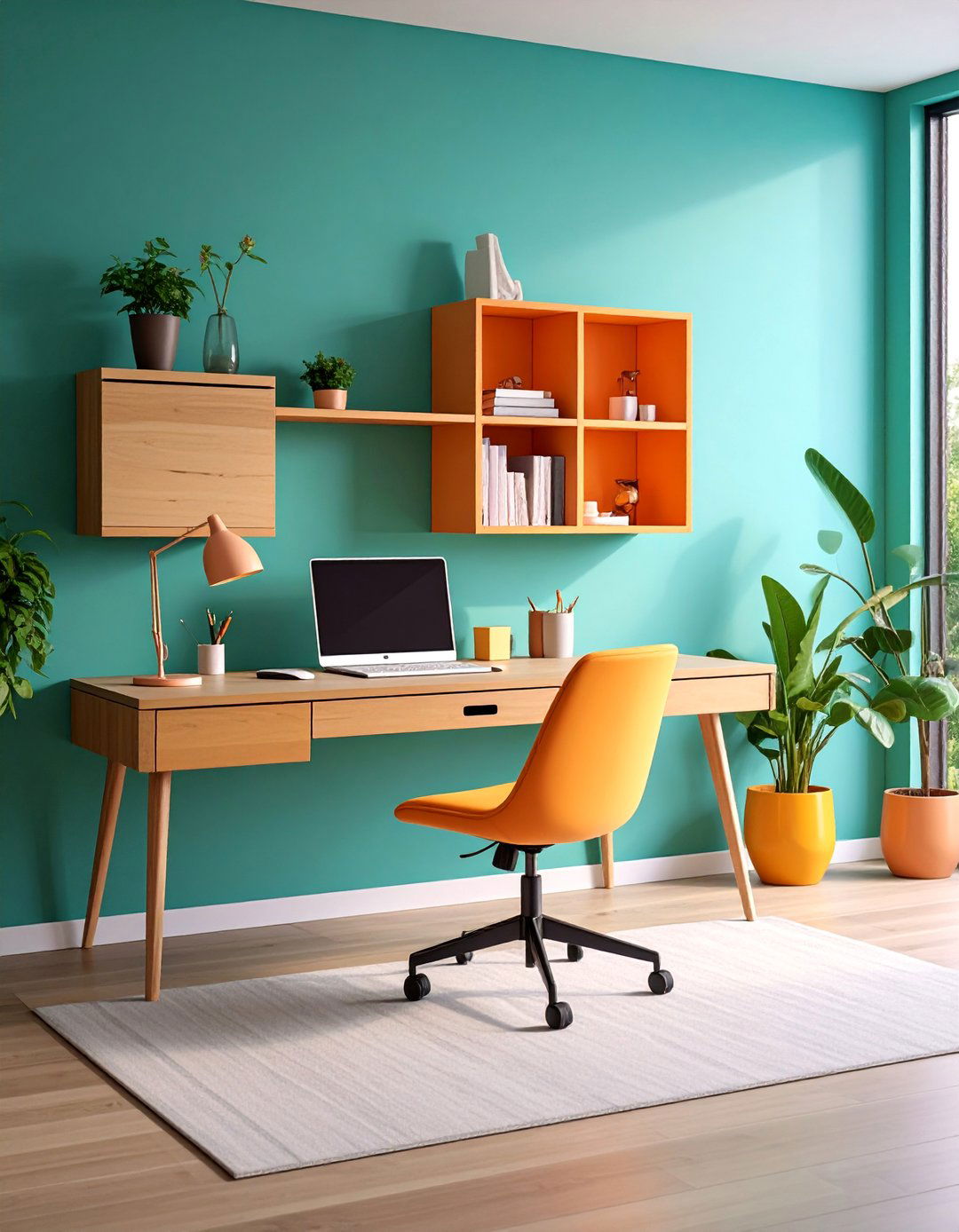
Modern floating desk design maximizes floor space while creating a sleek, contemporary study area that appears to defy gravity. This setup features a wall-mounted desk surface without visible legs, creating clean lines and an open feel beneath. The design integrates hidden storage through drawers built into the wall or shelving that seamlessly blends with the mounting system. A comfortable chair on wheels provides flexibility, while integrated lighting illuminates the work surface effectively. The surrounding walls can feature floating shelves, pegboard organization systems, or concealed cabinets that maintain the minimalist aesthetic. This approach works excellently in small spaces, modern apartments, or as part of a multi-functional room where the study area needs to feel integrated rather than dominating the space.
6. Built-In Study Station with Custom Storage

Built-in study stations maximize space efficiency through custom-designed furniture that perfectly fits available dimensions and storage needs. This design features a desk surface integrated with floor-to-ceiling cabinetry, creating seamless storage for books, supplies, and equipment. The custom approach allows for specific organizational solutions like file drawers, printer storage, and display areas for achievements or decorations. Lighting can be integrated directly into the cabinetry, providing excellent task illumination without additional floor or desk lamps. The color scheme typically matches existing room decor, creating a cohesive look that feels intentional rather than added later. This investment approach creates a permanent, highly functional workspace that can be designed to accommodate specific work habits, storage requirements, and aesthetic preferences while adding value to the home.
7. Corner Study Nook with L-Shaped Design

Corner study design utilizes often-overlooked spaces to create efficient, cozy work areas that maximize available square footage. This setup features an L-shaped desk configuration that wraps around the corner, providing extensive work surface and natural division between different activities. One side can accommodate computer work while the other serves for writing, reading, or creative projects. Vertical storage solutions along both walls include floating shelves, pegboard systems, or tall bookcases that draw the eye upward. Corner positioning often provides access to multiple light sources, enhancing the workspace's functionality. Comfortable seating that swivels allows easy movement between different work zones. This design works particularly well in bedrooms, living rooms, or any space where dedicated study areas must coexist with other functions while maintaining privacy and focus.
8. Window Seat Study Area with Natural Light

Window seat study design combines the comfort of built-in seating with the benefits of natural light for an inspiring, versatile workspace. This arrangement features a cushioned bench positioned beneath a window, with integrated storage beneath the seat for books, supplies, or seasonal items. A hinged or removable cushion provides comfortable seating while concealing organized storage compartments. Side tables or floating shelves adjacent to the window offer surfaces for laptops, notebooks, and study materials. Abundant natural light reduces eye strain and creates a connection to the outdoors that can improve focus and mood. Soft furnishings like pillows and throws make the space inviting for extended reading or study sessions. This design works especially well for literature studies, creative writing, or any work that benefits from natural inspiration and comfortable, flexible seating options.
9. Tech-Integrated Smart Study Room

Smart study design incorporates modern technology seamlessly into the workspace to enhance productivity and organization through digital solutions. This setup features built-in charging stations, cable management systems, and mounting solutions for multiple monitors or tablets. Smart lighting adjusts automatically based on time of day or tasks, while voice-controlled assistants help manage schedules and research. Digital whiteboards or large displays can replace traditional bulletin boards, offering interactive planning and note-taking capabilities. Ergonomic furniture includes adjustable-height desks and chairs that adapt to different users and activities. Climate control, noise-canceling features, and high-speed internet connectivity create optimal working conditions. Storage solutions accommodate both physical books and digital devices, with dedicated spaces for chargers, cables, and tech accessories. This forward-thinking approach appeals to students and professionals who rely heavily on technology while maintaining comfort and functionality.
10. Zen Study Room with Meditation Corner

Zen study design creates a tranquil environment that promotes focus through natural elements, minimal distractions, and calming color schemes. This theme features a simple wooden desk positioned to face a peaceful view or blank wall, eliminating visual distractions. Natural materials like bamboo, stone, and unfinished wood create texture without overwhelming the senses. A small meditation corner with floor cushions provides space for mental breaks and reflection. Plants, water features, or salt lamps introduce calming natural elements while maintaining simplicity. The color palette emphasizes soft neutrals, warm whites, and natural tones that promote relaxation and concentration. Lighting focuses on warm, diffused sources that create ambiance without harsh shadows. This approach benefits those who struggle with anxiety or distraction, creating a sanctuary for deep focus and mindful learning that supports both academic and personal growth.
11. Colorful Kids Study Room with Learning Zones
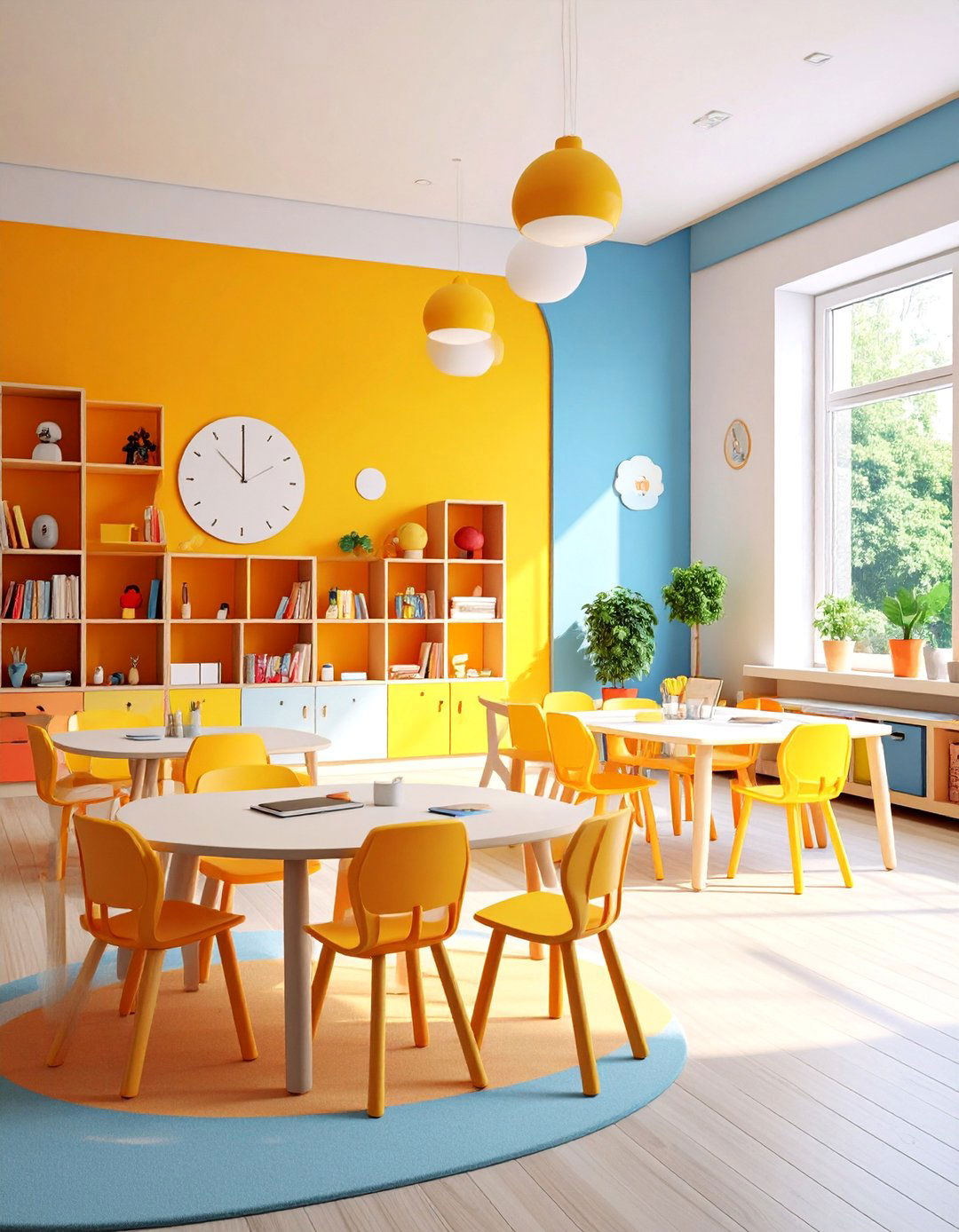
Kids study design incorporates bright colors, playful elements, and age-appropriate furniture to create an engaging learning environment that grows with the child. This setup features a height-adjustable desk and chair that accommodate growing bodies, surrounded by colorful storage solutions that make organization fun and accessible. Different zones serve specific activities: a reading corner with comfortable seating, an art station with easy-to-clean surfaces, and a homework desk with proper task lighting. Educational decorations like world maps, alphabet charts, or science posters serve both decorative and learning purposes. Durable materials withstand heavy use while maintaining attractive appearance. Safety features include rounded corners, non-toxic finishes, and secure storage for art supplies. This approach encourages independence, creativity, and positive associations with learning while providing parents with organized, functional spaces that support educational activities and homework completion.
12. Teen Study Area with Personal Expression Space

Teen study design balances functional study needs with personal expression through customizable elements and mature aesthetics that respect developing independence. This space features a substantial desk that accommodates computers, textbooks, and creative projects while providing display areas for achievements, artwork, or collections. A bulletin board or pegboard system allows personalization without permanent changes, while comfortable seating supports long study sessions and casual hangouts with friends. Storage solutions include both open display areas and private spaces for personal items. Lighting combines task lighting for homework with ambient options for relaxation. The color scheme reflects personal preferences while maintaining sophistication suitable for approaching adulthood. Technology integration supports both academic work and social connections. This design acknowledges the unique needs of teenagers who require both structure for academic success and flexibility for personal growth and self-expression.
13. Multi-Functional Study Room with Flexible Furniture

Multi-functional study design creates adaptable spaces that serve various purposes through modular furniture and flexible layouts that change based on current needs. This setup features moveable components like rolling carts, folding tables, and stackable seating that can be reconfigured for different activities. A central desk serves as the primary workspace, while additional surfaces can be added for group projects or spread-out tasks. Storage solutions include mobile units that can be repositioned as needed and dual-purpose furniture like storage ottomans or benches with built-in compartments. Lighting includes both fixed and portable options to accommodate changing layouts. This approach works well in small homes, shared spaces, or rooms that must serve multiple family members with different needs. The flexibility allows the space to evolve with changing requirements while maintaining functionality and organization.
14. Vintage Academic Study with Traditional Elements
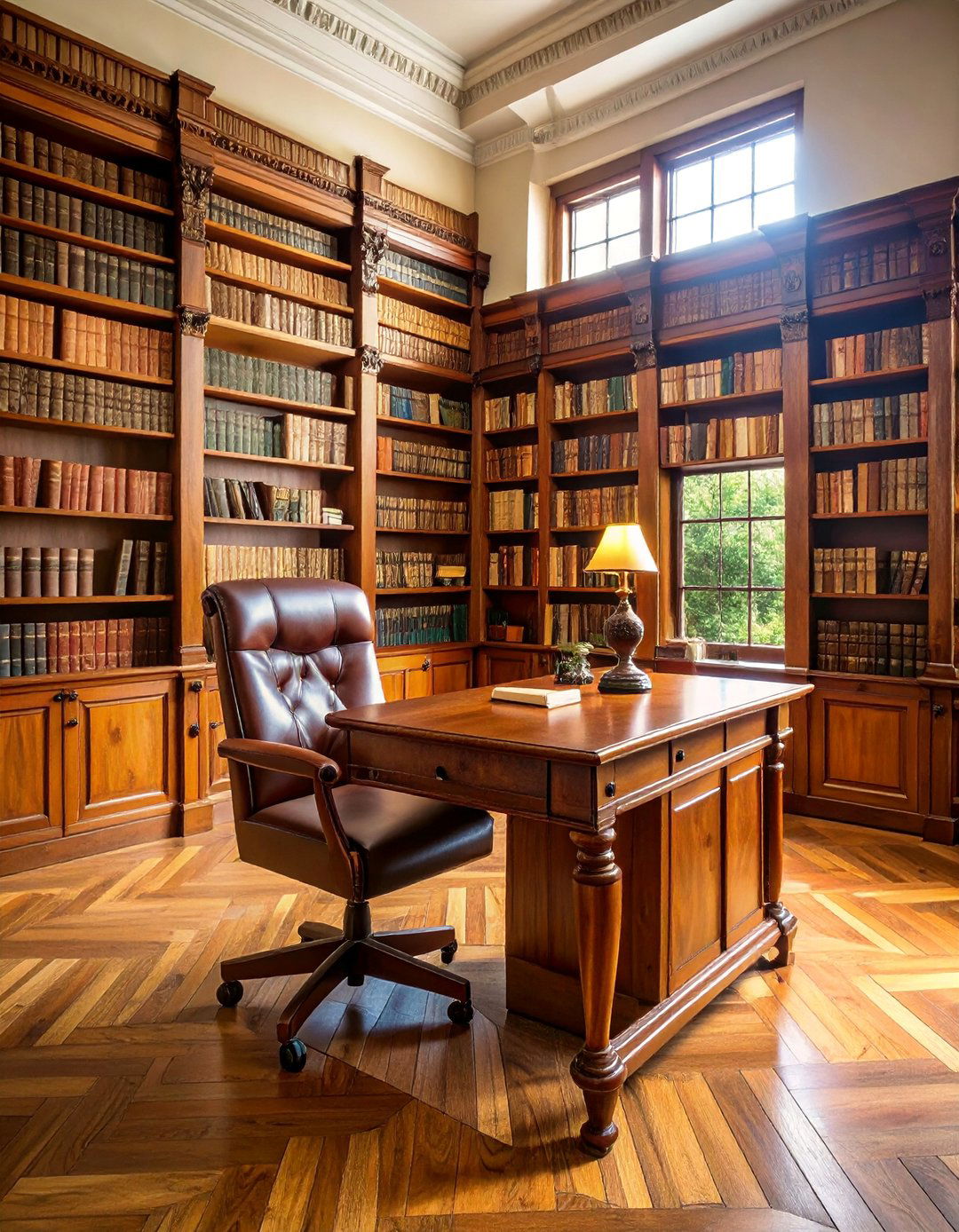
Vintage academic study design creates a scholarly atmosphere through traditional furniture, rich materials, and classic decorative elements that evoke timeless learning environments. This theme features a substantial wooden desk with detailed craftsmanship, accompanied by a leather chair that develops character over time. Built-in bookcases with adjustable shelves accommodate extensive libraries, while traditional accessories like desk lamps with green glass shades, inkwells, or vintage globes add authentic academic ambiance. Rich color schemes include deep greens, burgundy, and warm wood tones that create cozy, sophisticated atmospheres. Persian rugs, heavy curtains, and classical artwork complete the scholarly environment. This design appeals to those who appreciate traditional aesthetics and find inspiration in historical academic settings. The timeless approach creates spaces that feel established and serious while supporting modern study habits and technological needs through carefully integrated contemporary elements.
15. Ergonomic Study Setup with Health-Focused Design

Ergonomic study design prioritizes physical health and comfort through scientifically-informed furniture choices and layouts that prevent strain and promote good posture. This setup features an adjustable-height desk that accommodates both sitting and standing work, paired with a chair that provides proper lumbar support and encourages healthy positioning. Monitor stands position screens at appropriate eye levels, while keyboard trays and mouse pads support natural wrist alignment. Footrests accommodate users of different heights, and anti-fatigue mats provide comfort during standing work sessions. Lighting eliminates shadows and glare while providing adequate illumination for detailed tasks. This approach reduces physical discomfort, increases productivity, and prevents long-term health issues associated with poor workspace design. The investment in ergonomic furniture pays dividends in comfort, efficiency, and well-being for users who spend extended periods studying or working at their desks.
16. Small Space Study Corner with Vertical Storage

Small space study design maximizes limited square footage through vertical storage solutions and compact furniture that provides full functionality without overwhelming tiny areas. This setup utilizes wall-mounted desks, floating shelves, and over-door organizers to create comprehensive storage without consuming floor space. A narrow desk fits against unused walls, while tall, slim bookcases draw the eye upward and provide extensive storage. Folding or nesting furniture allows the space to serve multiple purposes when study time ends. Light colors and mirrors create the illusion of more space, while strategic lighting brightens the compact area. Under-utilized spaces like closets, alcoves, or corners transform into functional study areas through creative planning. This approach proves that size limitations need not prevent the creation of effective, organized study spaces that support serious academic work and personal productivity in apartments, small homes, or shared living situations.
17. Creative Art and Study Studio
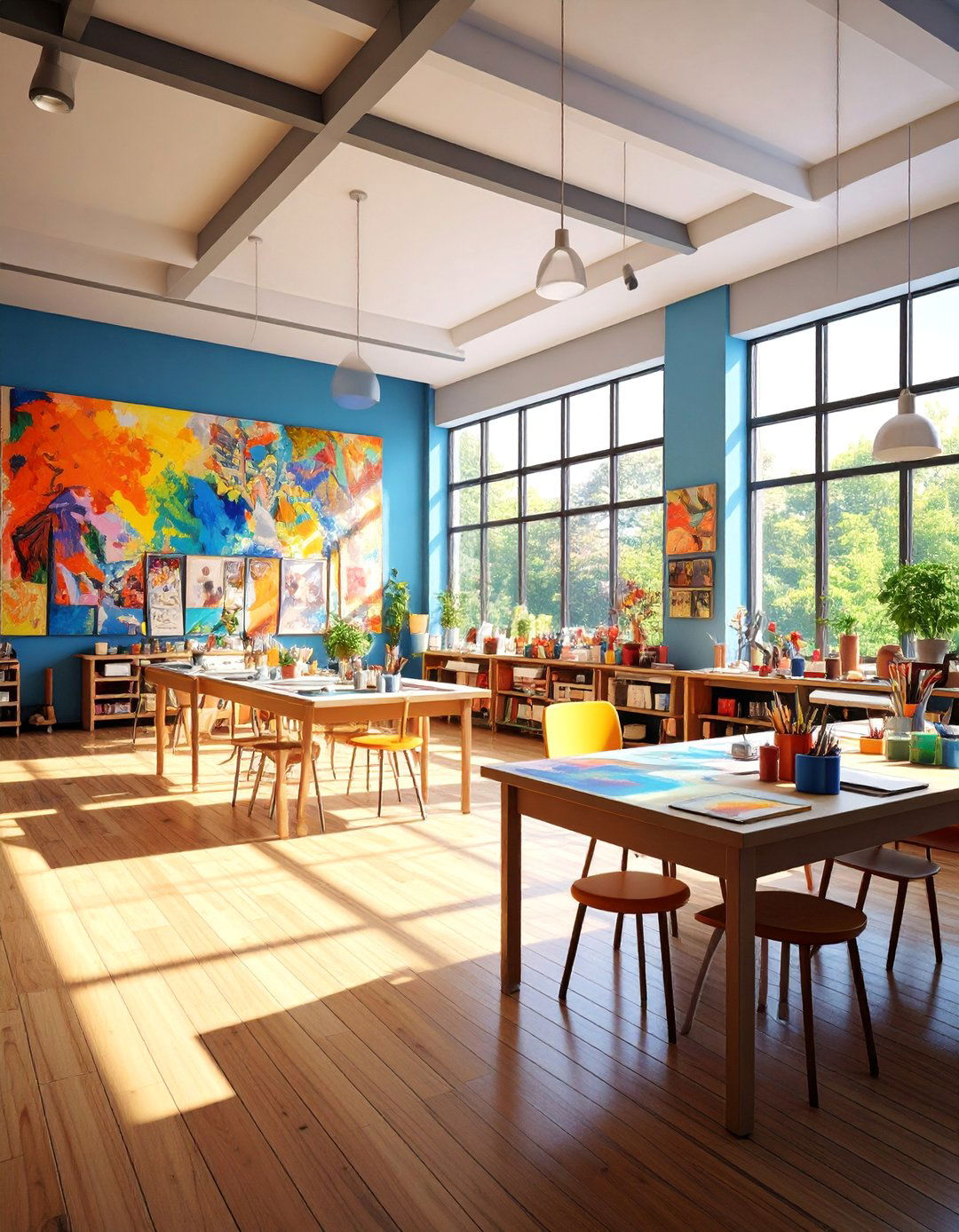
Creative studio design combines traditional study functions with artistic workspace needs through flexible surfaces, specialized storage, and inspiring environments that support both analytical and creative thinking. This setup features large work surfaces that accommodate spread-out projects, from technical drawings to artistic endeavors. Storage solutions include flat files for artwork, organizing systems for supplies, and display areas for works in progress. Excellent lighting combines natural light with adjustable task lighting suitable for detailed work. Easy-to-clean surfaces withstand art materials while maintaining professional appearance. Inspiration boards, sample libraries, and reference materials support creative development. This approach serves artists, designers, architects, or anyone whose work combines analytical study with creative expression. The dual-purpose environment eliminates the need for separate spaces while creating synergies between different types of thinking and working. Flexible furniture allows quick transitions between study mode and creative work.
18. Library-Style Study Room with Floor-to-Ceiling Books

Library-style study design creates an immersive literary environment through extensive book collections, traditional reading furniture, and scholarly ambiance that celebrates knowledge and learning. This theme features floor-to-ceiling built-in bookshelves that showcase extensive collections while providing easy access to reference materials. A substantial reading desk accommodates research and writing, while comfortable reading chairs create alternative study positions. A rolling ladder adds both functionality and authentic library atmosphere. Warm lighting includes reading lamps, subtle accent lighting, and perhaps a chandelier for general illumination. Rich wood tones, leather furniture, and classic accessories create timeless scholarly atmosphere. This design appeals to serious readers, researchers, and anyone who finds inspiration surrounded by books. The immersive environment encourages deep thinking, careful research, and appreciation for knowledge while providing practical functionality for extensive reading and writing projects.
19. Garden View Study Room with Biophilic Design
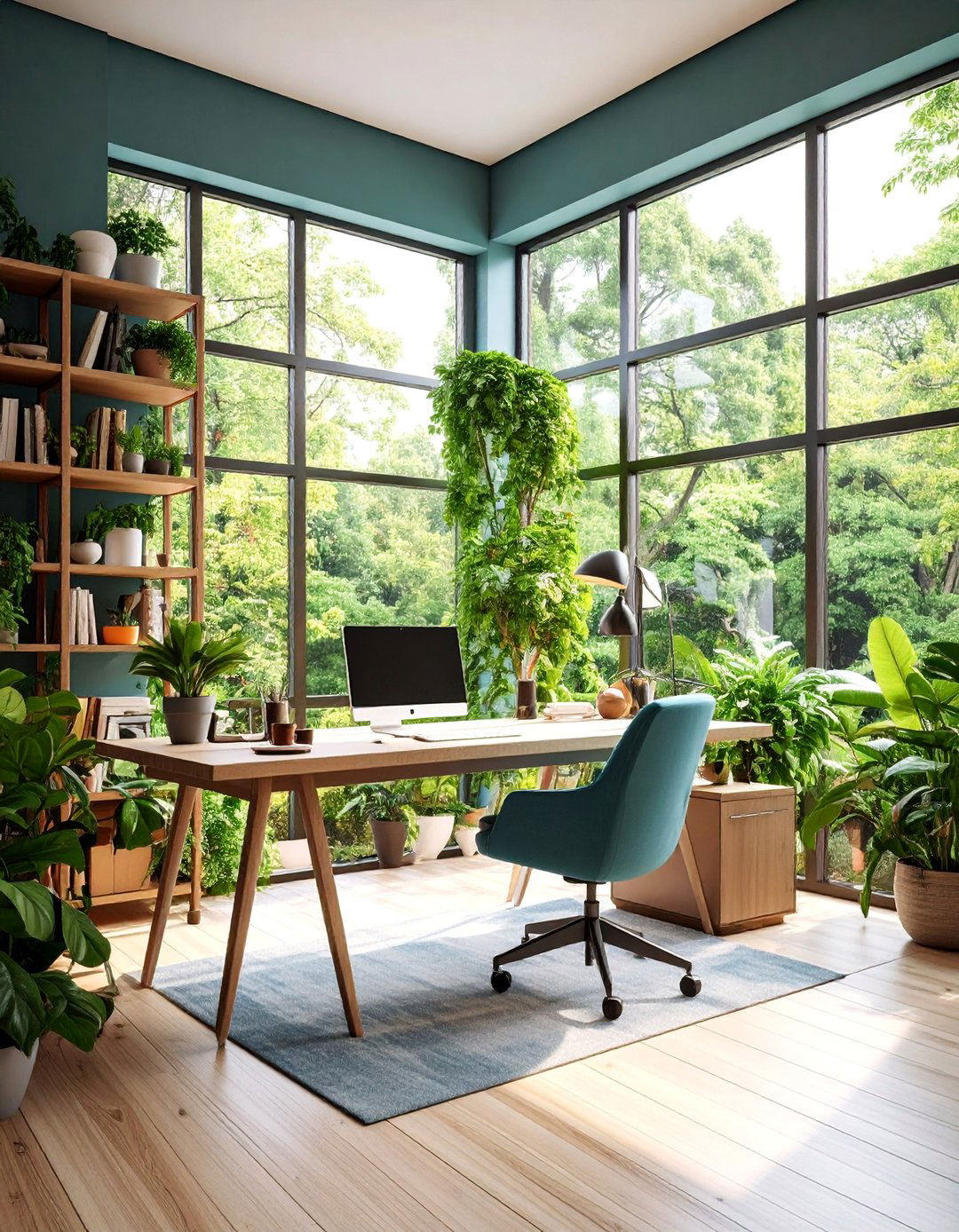
Biophilic study design connects indoor workspace with natural elements through plants, natural materials, and garden views that reduce stress and enhance creativity. This setup positions the desk to face windows overlooking gardens, courtyards, or natural landscapes that provide visual breaks and inspiration. Live plants throughout the space improve air quality while creating calming green focal points. Natural materials like wood, stone, and bamboo reinforce the connection to nature. Water features, natural textures, and earth-tone color schemes enhance the organic atmosphere. Large windows maximize natural light while providing views that rest the eyes during intensive study sessions. This approach recognizes the positive impact of nature on mental health, creativity, and focus. The design creates study environments that feel refreshing and energizing rather than confining or stressful, supporting both productivity and well-being through thoughtful integration of natural elements.
20. Collaborative Study Space with Group Work Areas

Collaborative study design accommodates multiple users and group activities through flexible furniture arrangements and shared resources that facilitate teamwork and discussion. This setup features a large central table surrounded by comfortable seating that encourages interaction and collaboration. Additional individual workstations provide quiet space when concentration is needed. Whiteboards, flip charts, or digital displays support brainstorming and presentation activities. Storage solutions accommodate shared supplies and individual belongings. Technology infrastructure supports multiple devices and shared screens for presentations or research. Acoustic considerations include sound-absorbing materials that allow discussion without disturbing other activities. This approach works well for families with multiple students, home-based tutoring, or professional environments requiring both individual and group work. The design promotes communication, shared learning, and collaborative problem-solving while maintaining flexibility for different group sizes and activities.
21. Under-Stairs Study Hideaway
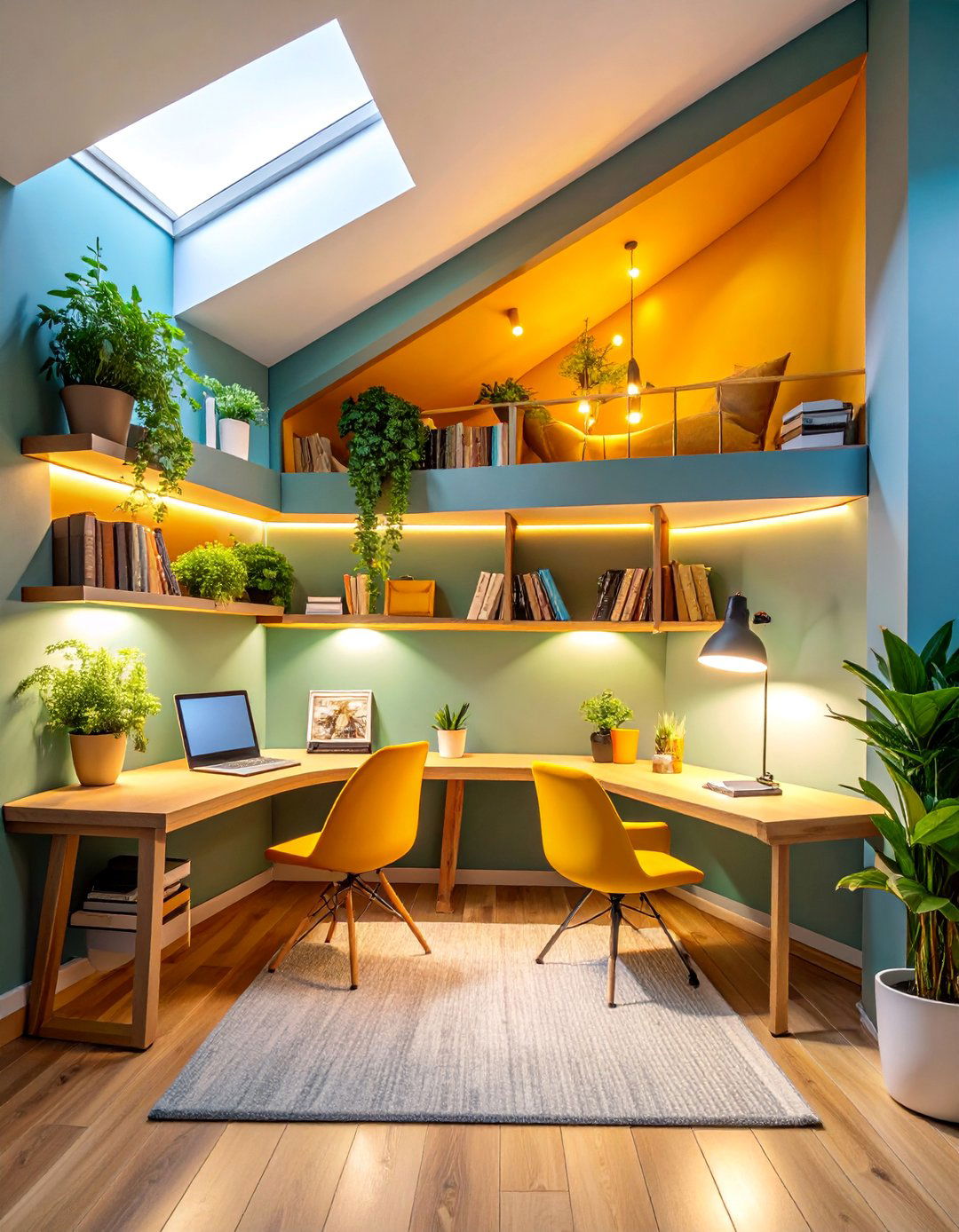
Under-stairs study design transforms often-wasted space into cozy, private work areas that maximize home square footage through creative spatial solutions. This setup features custom-built furniture that fits perfectly within the angled space, including a fitted desk and angled shelving that follows the staircase outline. Clever lighting solutions brighten the naturally darker space while creating warm, inviting atmosphere. The enclosed feeling provides privacy and focus away from household activities. Storage solutions include built-in drawers, shelving, and hidden compartments that maximize the unique space. Ventilation considerations ensure comfortable air circulation in the partially enclosed area. This approach creates special, almost secret study spaces that children especially love while providing adults with quiet retreats. The unique architecture makes the study area feel special and intentional rather than makeshift, encouraging regular use while adding functional square footage to homes without dedicated office space.
22. Dual-Purpose Guest Room and Study Office

Dual-purpose design creates study spaces that seamlessly transition between office work and guest accommodations through multi-functional furniture and flexible layouts. This setup features a daybed or sleeper sofa that serves as comfortable study seating during the day while converting to guest sleeping at night. A substantial desk doubles as a vanity or writing surface for visitors. Storage solutions accommodate both office supplies and guest linens, with dedicated spaces for visitors' belongings. Lighting includes both task lighting for work and ambient options for relaxation. The decor balances professional functionality with welcoming guest room comfort. This approach maximizes space utilization in homes where dedicated rooms for single purposes aren't feasible. The design ensures both functions feel intentional and comfortable rather than compromised, creating spaces that genuinely serve dual purposes effectively while maintaining attractive appearance and practical functionality for both regular office work and occasional guest hosting.
23. High-Tech Gaming and Study Station

Gaming and study fusion design creates workspaces that support both educational activities and recreational gaming through shared technology infrastructure and ergonomic considerations. This setup features high-performance computers, multiple monitors, and gaming peripherals that also support research, programming, and digital creative work. Ergonomic gaming chairs provide comfort during extended sessions of both study and play. LED lighting systems create ambiance while providing functional task lighting. Cable management systems accommodate multiple devices while maintaining clean appearance. Storage solutions include gaming equipment, study materials, and tech accessories. This approach recognizes that modern learning often involves digital tools and that recreational activities can support skill development. The design creates spaces that seamlessly transition between serious academic work and recreational activities while maintaining the high-performance technology requirements for both. The integration appeals particularly to students in STEM fields or those pursuing digital creative careers.
24. Montessori-Inspired Study Environment for Kids

Montessori study design creates child-centered learning environments through accessible furniture, organized materials, and spaces that encourage independence and self-directed learning. This setup features low, child-sized furniture that allows independent access to materials and work surfaces. Open storage with clear containers lets children see and choose their own activities while maintaining organization. Natural materials like wood and cotton create warm, inviting atmospheres that connect children with authentic textures. Activity areas are clearly defined with low shelves or area rugs that help children understand spatial boundaries. Beautiful, real objects replace plastic toys, respecting children's appreciation for authentic experiences. This approach fosters independence, concentration, and intrinsic motivation for learning while creating peaceful, organized environments that support natural development. The design recognizes children as capable learners who thrive in prepared environments that respect their developmental needs and natural curiosity.
25. Executive Home Office Study Room

Executive study design creates professional, sophisticated workspaces that convey authority and success while supporting high-level business and academic activities. This setup features substantial, high-quality furniture including an impressive desk, executive chair, and formal bookcases that create commanding presence. Rich materials like leather, hardwood, and metal accents convey professionalism and durability. Multiple seating areas accommodate meetings, client consultations, or formal presentations. Technology infrastructure supports video conferencing, multiple monitors, and high-speed connectivity required for professional activities. Storage solutions include file systems, display areas for awards or credentials, and discrete spaces for personal items. Lighting combines ambient and task sources appropriate for both detailed work and professional meetings. This approach creates home offices that rival corporate environments while providing the comfort and personalization possible in residential settings. The design supports serious professional work while conveying appropriate gravitas for important business activities.
Conclusion:
Designing an effective study room requires balancing functionality with personal style to create spaces that truly support learning and productivity. From minimalist setups that eliminate distractions to vibrant creative studios that spark inspiration, the best study rooms reflect individual needs while incorporating essential elements like proper lighting, ergonomic furniture, and organized storage. Whether working with dedicated rooms or small corners, successful study spaces combine practical considerations with aesthetic choices that motivate regular use. The investment in thoughtful study room design pays dividends in improved focus, better organization, and enhanced learning outcomes for users of all ages.


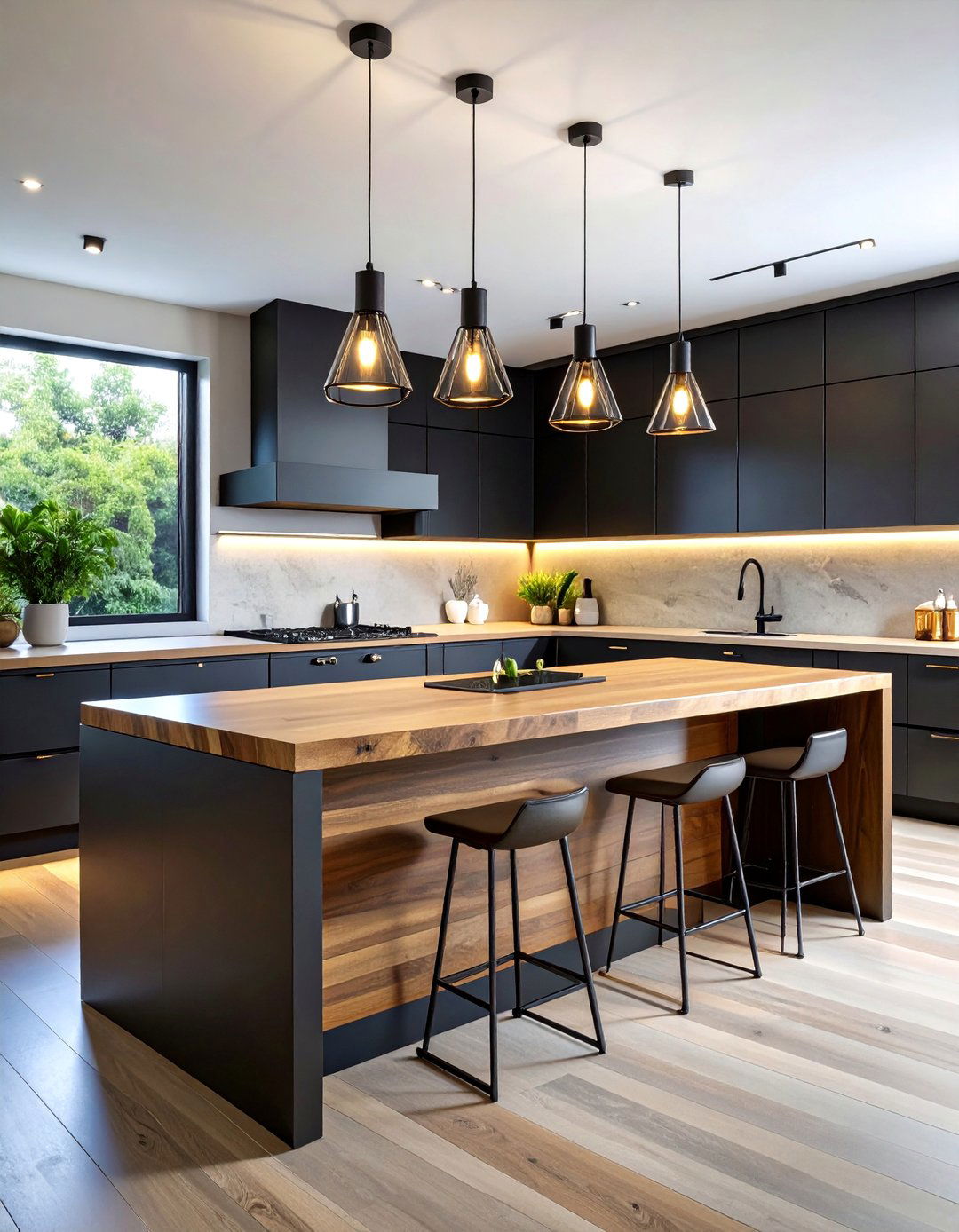


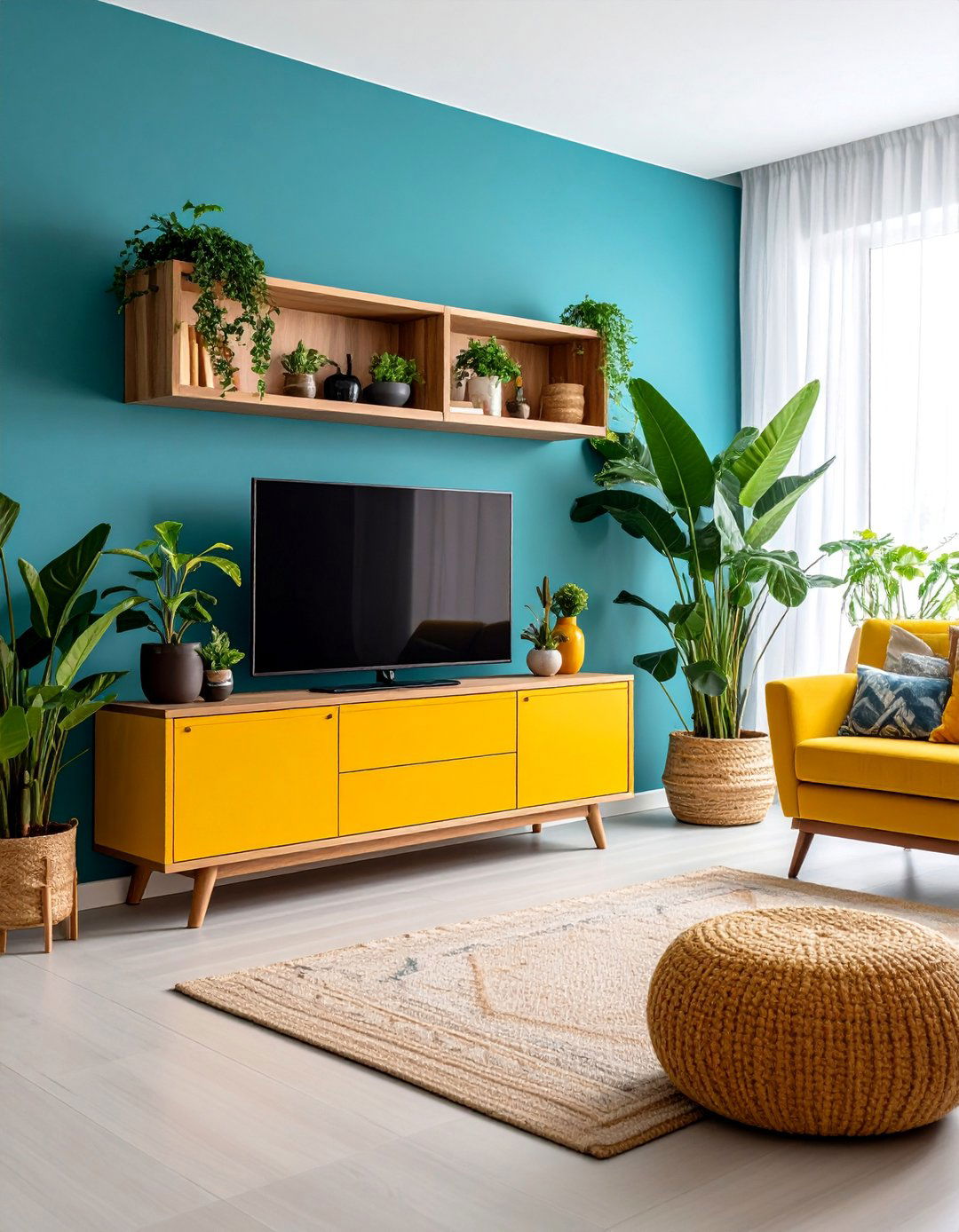
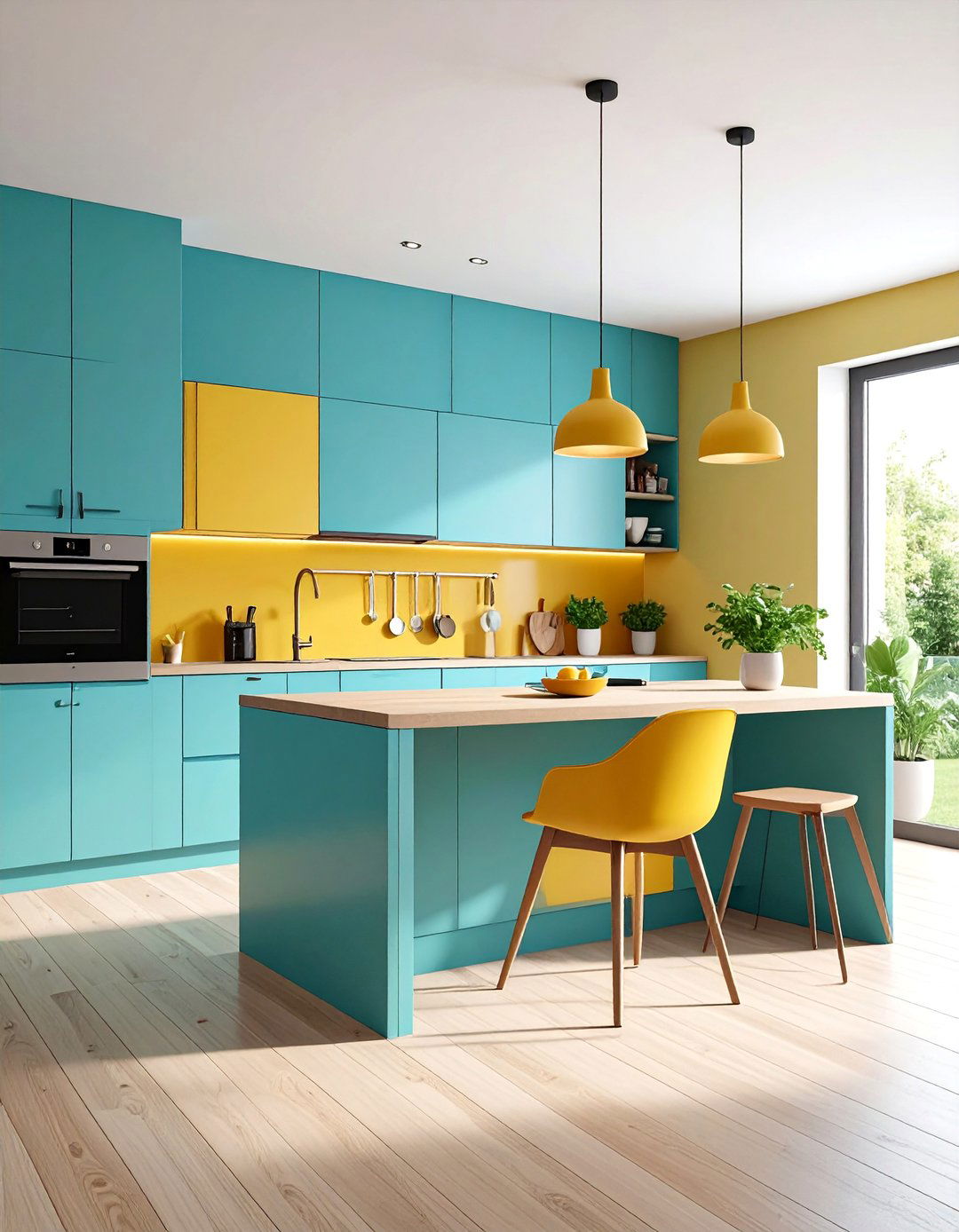
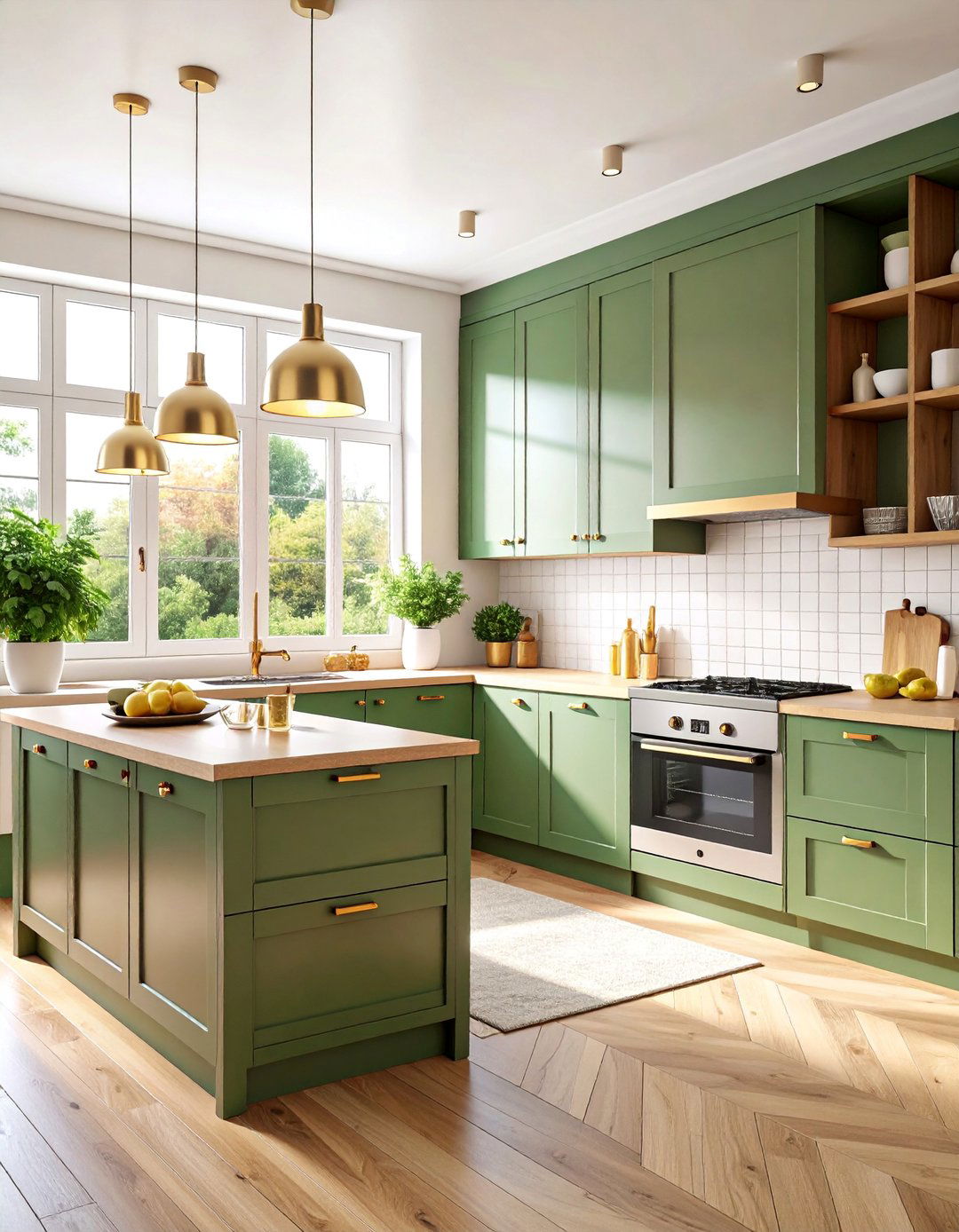
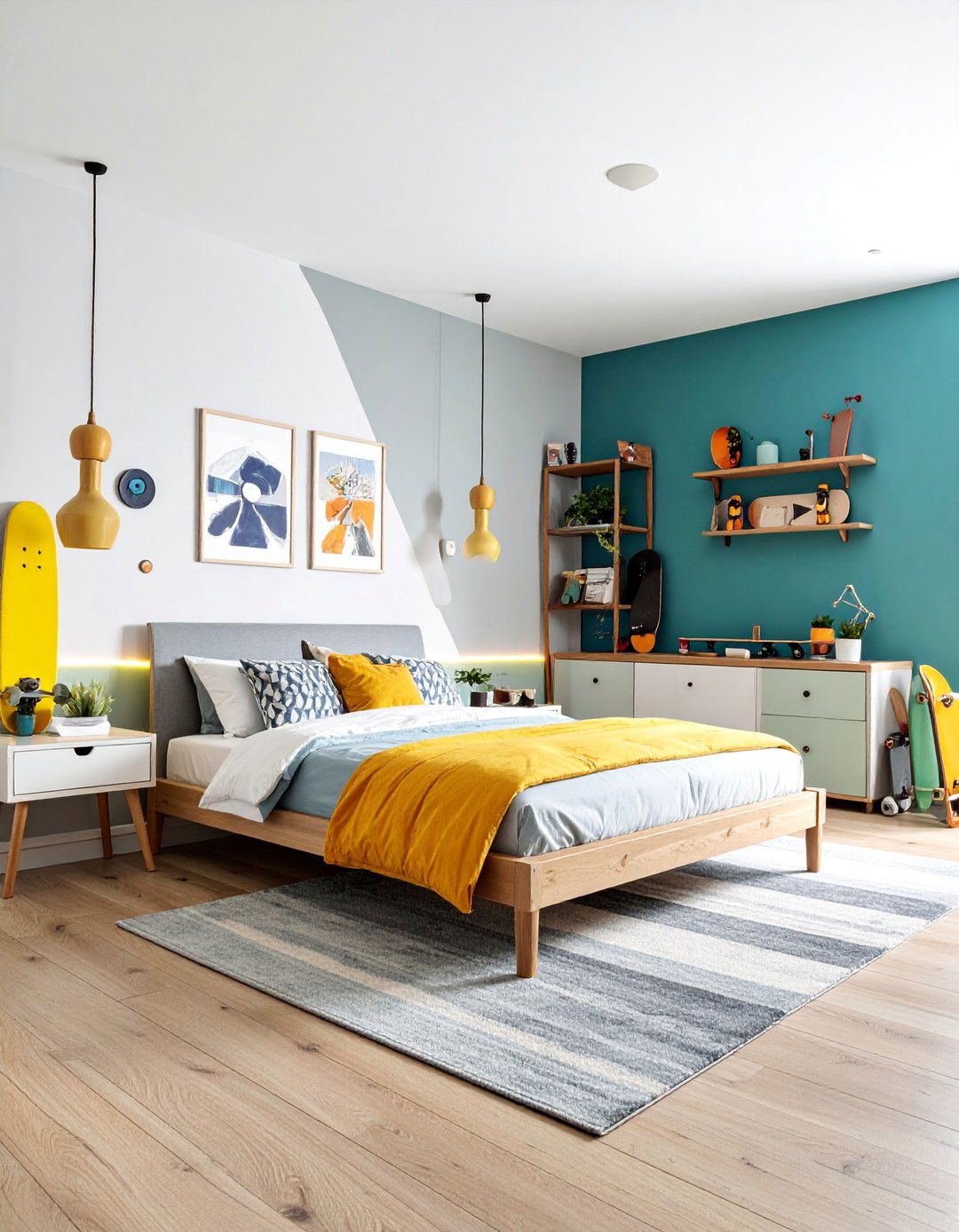



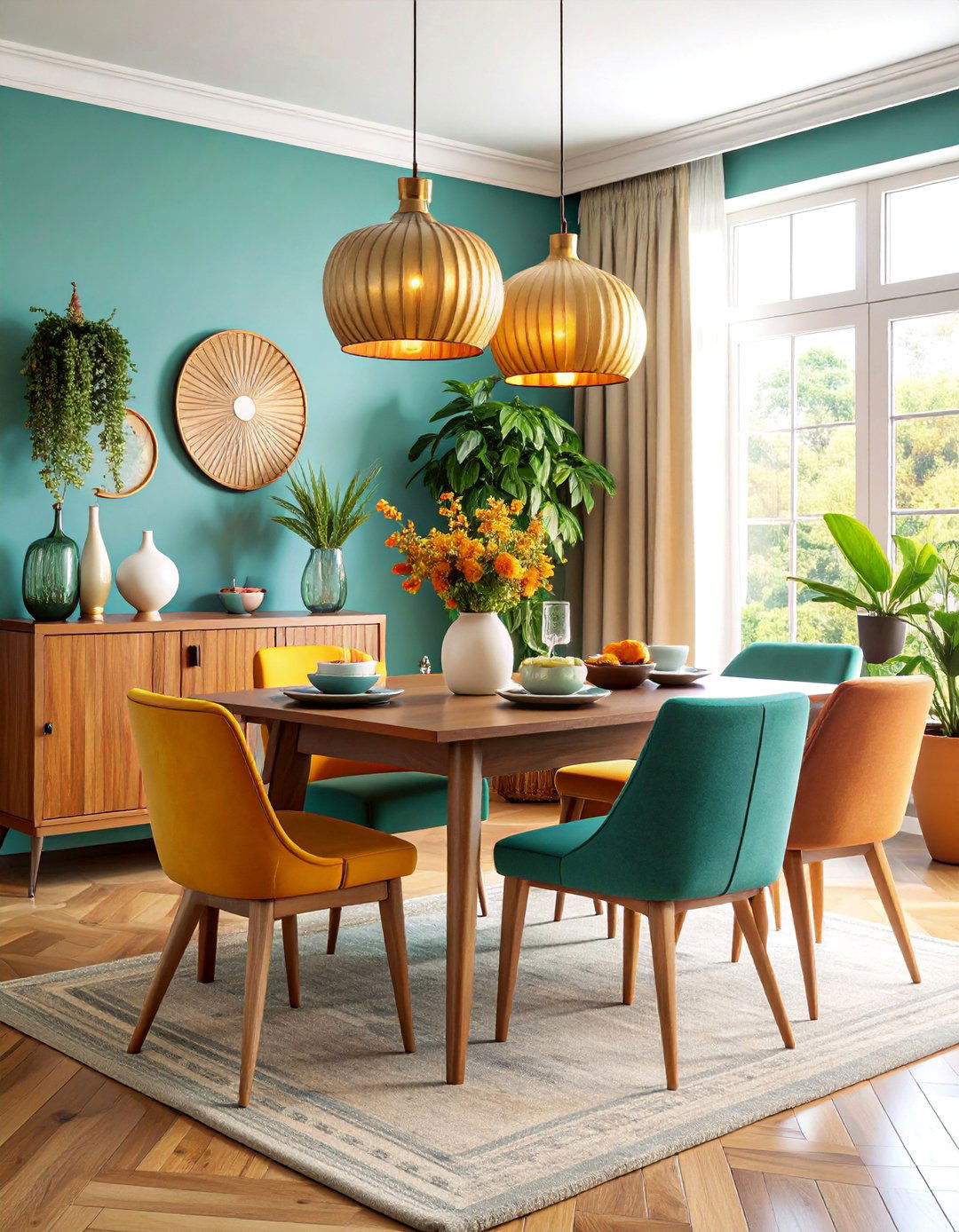
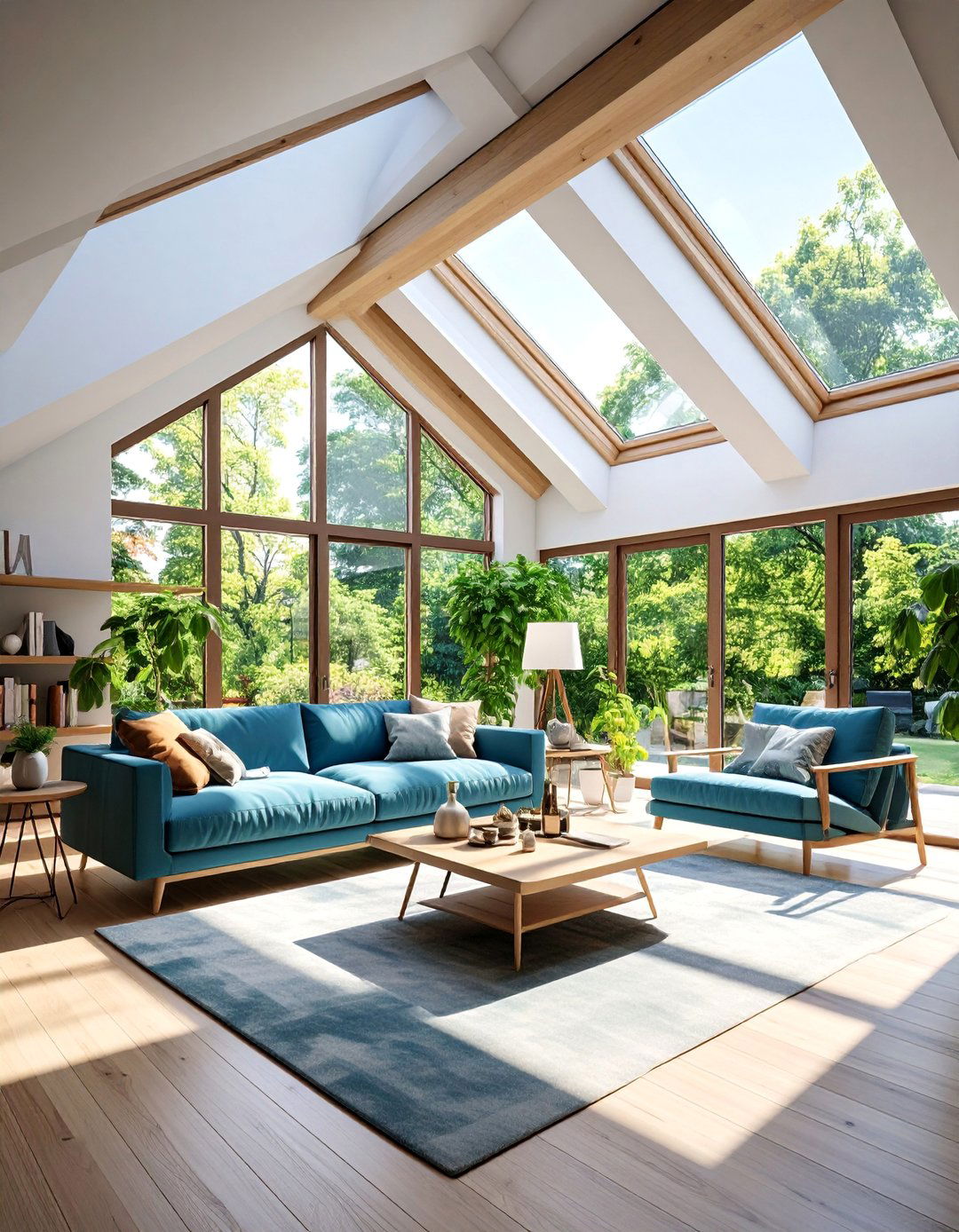

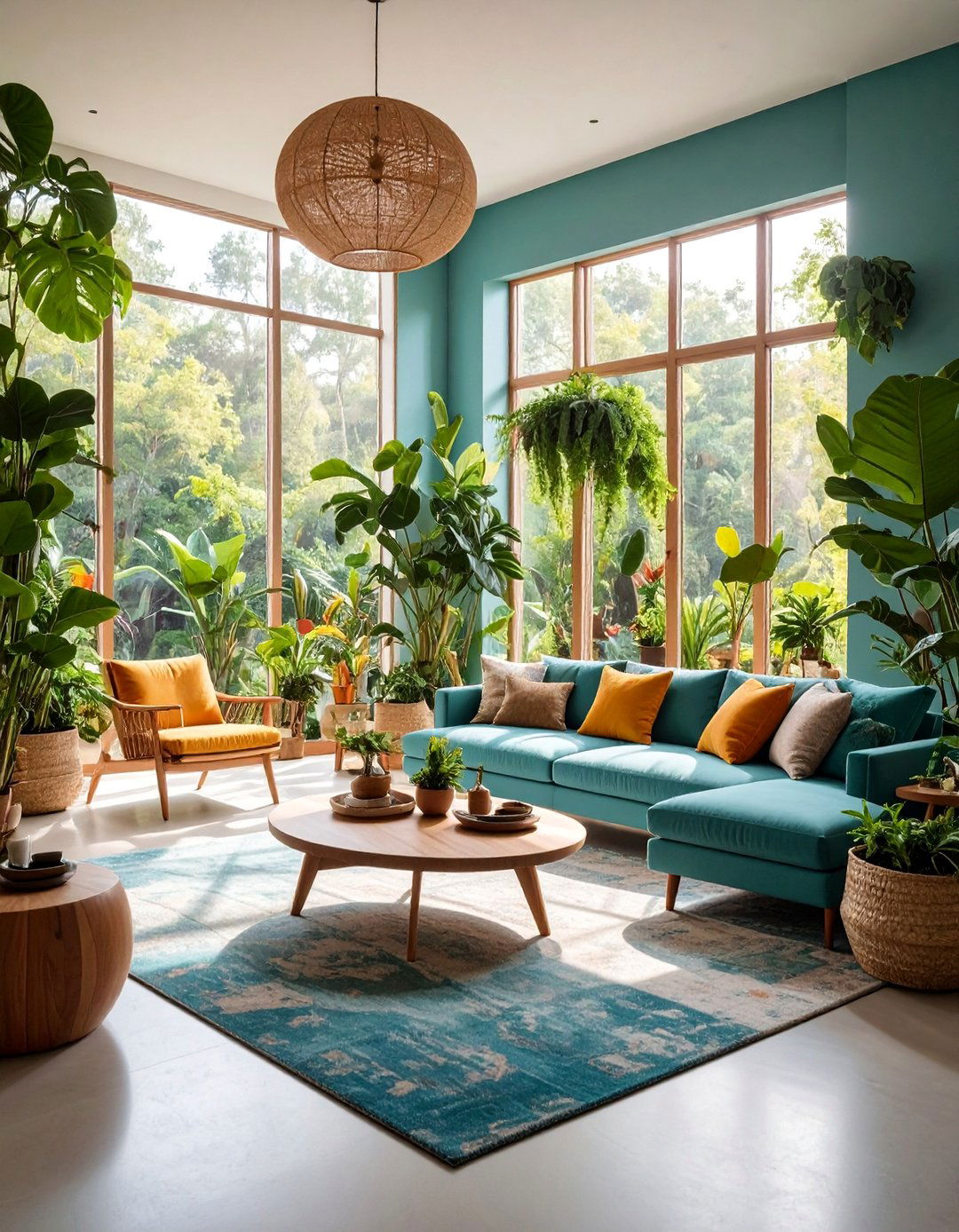
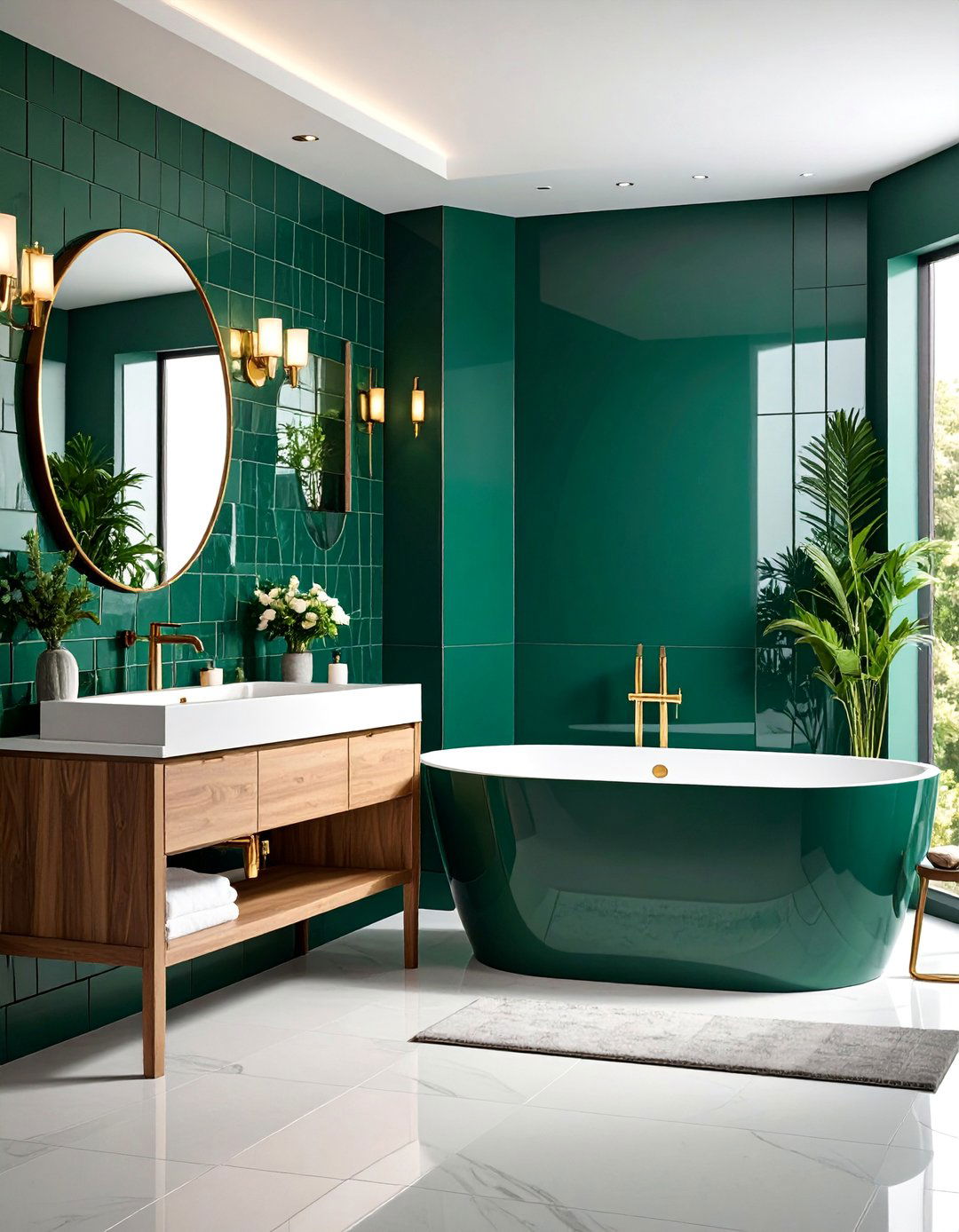
Leave a Reply